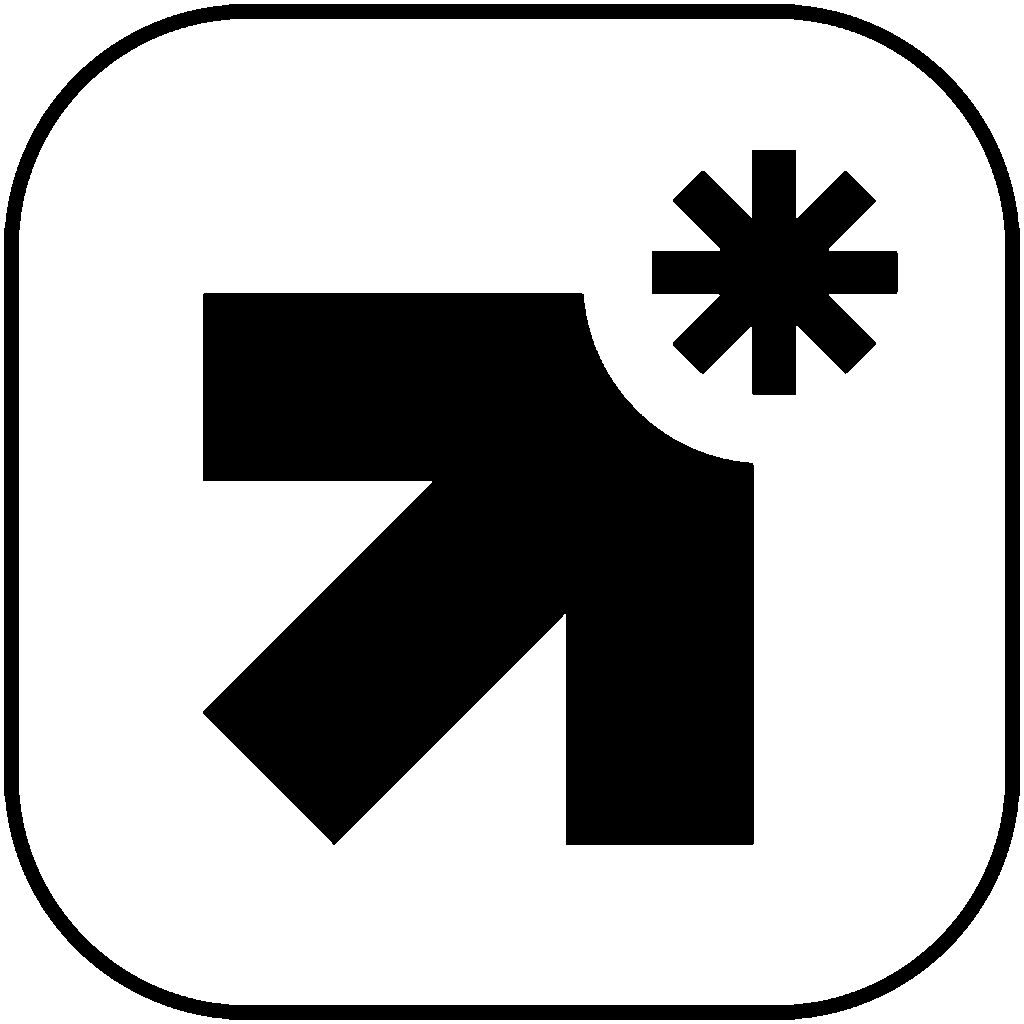A focused action plan for aspirants looking for serious NATA online preparation
Why This Guide Matters
If you’ve set your eyes on a career in architecture, NATA is your gateway.
But with just 6 months left, the pressure is real.
Here’s the good news:
You don’t need years of prep — just smart strategy, consistent effort, and the right guidance.
It’s a practical roadmap followed by students who cleared NATA — many of whom began late but stayed focused with help from NATA Exam online coaching.
Understand the NATA Exam Pattern
Before you dive into prep, know what you’re dealing with, What is the exam syllabus and Pattern. NATA isn’t just about drawing.
Part A – Drawing and Composition Test
Offline mode – test duration 90 Minutes, 80 marks
- A1 – 1 Question – Composition and Color – 25 Marks
- A2 – 1 Question – Sketching & Composition (Black and White) – 25 Marks
- A3 – 1 Question – 3D Composition – 30 Marks
Total 3 Questions – 80 Marks
Part B – MCQ and NCQ
Computer based Adaptive Test – 90 Minutes (108 Seconds for each question) – 120 marks
- B1 – 42 questions – MCQ
- B2 – 08 questions – NCQ
Total 50 Questions – 120 Marks
Total Duration: 180 minutes
Mode: Online (MCQs, drag/drop, select-type questions)
Why this matters: NATA is not just a drawing test — it’s an architecture aptitude test.
You need to think like a designer, reason like an architect, and observe like an artist.
Practice Drawing — The Right Way
Even though the NATA Entrance Exam is online, drawing fundamentals are tested in MCQ form through visual and analytical questions.
What you should focus on:
- Understanding perspective (1-point & 2-point)
- Mental visualization of 2D to 3D forms
- Reading and interpreting architectural spaces
- Practicing composition and balance
- Playing with colors, scale, and proportion
Tip: Practice on paper first — it sharpens your visual thinking before you face multiple-choice formats.
Build Your Reasoning and Aptitude Foundation
Sharpen your problem-solving skills with focused practice in reasoning, math, and analytical thinking.
A strong foundation in aptitude is key to cracking the NATA Part B computer-based test.
Cognitive reasoning is 50% of the exam — don’t ignore it.
Focus Areas:
- Spatial reasoning and puzzles
- Number sequences and logic problems
- Visual odd-one-out and pattern recognition
- Vocabulary and verbal analogies
Practice at least 3–5 reasoning questions daily and review your weak areas every week.
Structure Your 6-Month Plan
Break down your preparation into clear monthly goals to cover the entire syllabus effectively. A well-structured 6-month plan keeps you consistent, confident, and exam-ready.
Without a clear plan, time slips. With one, 6 months is a huge opportunity.
Months 1–2: Foundation Building
- Master basic drawing concepts
- Build visual analysis skills
- Start practicing reasoning regularly
- Get familiar with the syllabus and weightage
Months 3–4: Concept Application
- Attempt section-wise mock tests
- Mix drawing-based and reasoning-based sessions
- Strengthen architectural awareness — learn famous buildings, architects, materials
- Use flashcards for theory and design vocab
- Use a smart mix of books, online resources, and solved papers.
Months 5–6: Full-Length Practice & Revision
- Weekly full-length mock tests
- Timed practice sessions
- Revise notes, shortcut methods, and drawing logic
- Focus on accuracy + speed + confidence
Weekly: 3 topic goals + 1 full mock
Monthly: Evaluate your mock test progress
Get feedback on weak areas from mentors or peers
Recommended Study Materials
Drawing & Design Books
- “Perspective Drawing Handbook” by Joseph D’Amelio
- NATA books (Arihant, McGraw Hill, etc.)
- Color theory & design principle books (short-form)
Aptitude & Reasoning Books
- RS Aggarwal (Verbal, Non-Verbal Reasoning)
- Analytical Reasoning by MK Pandey
- NATA MCQ Practice Books
- Nata Exam Paper and Mock Papers
Online Resources
- YouTube tutorials (for design and reasoning)
- Architecture blogs & Pinterest (for visual inspiration)
- NATA Mock Test Platforms
- Follow Vantage Instagram Page for Quick Tips and Design Topics
Tip: Don’t spread yourself thin. Pick 2–3 trusted resources and master them deeply.
Time Management Tips
If you’re juggling school or work, a routine matters more than hours.
Suggested Weekly Plan:
- Drawing – 3–4 days/week, 45 mins–1 hour
- Reasoning practice – Daily, 30 mins
- Mock test or timed practice – Once a week
- Architecture awareness + theory – 1–2 hours/week
Eliminate distractions — keep prep slots sacred
Use Pomodoro or focus apps for timed drills
Bottom line: Progress = consistency, not perfection
Mock Tests & Last Month Preparation
Mock tests = confidence boosters. Start them early
- Take mock tests from Month 3 onward
- Mix full-length and sectional mocks
- Analyze time spent per question type
- Review mistakes and reattempt similar questions
Final Month Priorities:
- Focus on speed + accuracy
- Revise your drawing and spatial concepts
- Revisit all your weak topics weekly
- Rest well — clarity beats cramming
Final Thoughts: You’ve Got This
You don’t need to be a drawing genius to crack NATA.
You need to be a clear thinker, a sharp observer, and a consistent learner.
Whether you’re studying on your own or through a NATA online coaching program, your mindset and method matter more than anything.
At Vantage, we’ve helped hundreds of students prepare confidently, even with just a few months in hand.
Our focus? Teaching you how to think, solve, and visualize like an architect.
Ready to Begin Your Architecture Journey?
🎯 Join India’s Most Trusted NATA Online Coaching 🧠 Start building your portfolio | 🎓 Learn from design leaders





